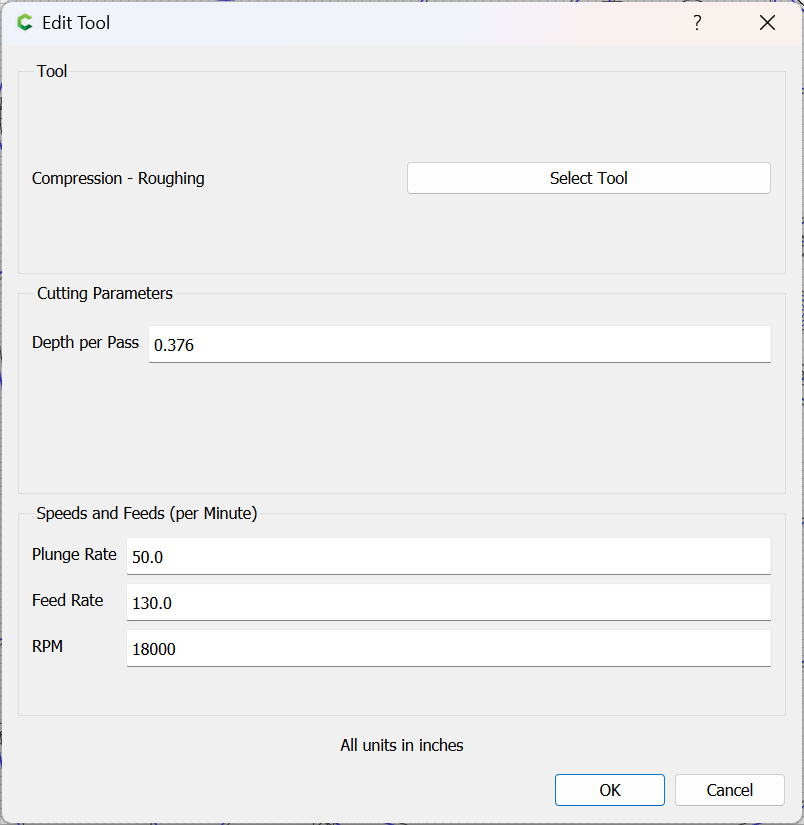WillAdams
(William Adams (Carbide 3D))
3
You are trying to make a slotting cut to a depth greater than the diameter of the tool:
How did you arrive at the feeds and speeds you used? See:
Where possible avoid slotting and add geometry and cut as a pocket
and/or
and consider leaving a roughing clearance and taking a finishing pass.
For an example of testing see: Feeds and Speeds: 150 IPM @ 1/4" DOC in Walnut
